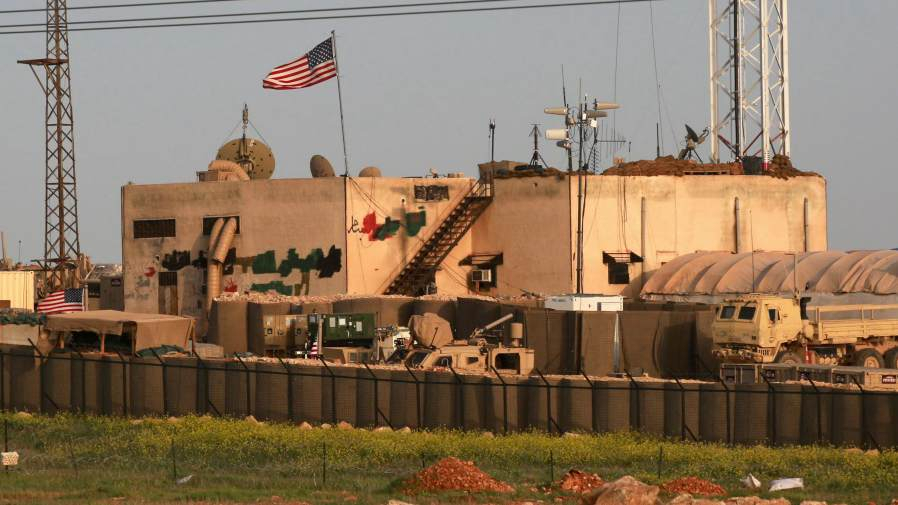
Politics
16:45, 07-Jan-2019
U.S. backtracks on withdrawal from Syria
Updated
15:40, 10-Jan-2019
By Feng Ran, Shao Cong
01:49

After declaring a controversial withdrawal of American troops from Syria, the U.S. seems to have backtracked. How did the country change its tone?
"We've been fighting for a long time in Syria, and now it's time for our troops to come back home." That's what President Trump said in December. U.S. officials said American forces had been given 30 days to leave Syria.
President Trump's decision shocked allies and U.S. defense officials alike, with Defense Secretary Jim Mattis and senior aid Brett McGurk resigning soon after.
But Trump wasn't perturbed, and an executive order was quickly pushed through. He defended the decision during his surprise visit to Iraq, saying "Rebuilding Syria will require a political solution and it's a solution that should be paid for by its very rich neighboring countries. Not the United States."

Trump in Iraq, December 26, 2018. /VCG Photo
Trump in Iraq, December 26, 2018. /VCG Photo
While a rapid and full withdrawal was then expected, Trump soon started his climb-down, claiming his country would "slowly" begin the troop withdrawal. Indeed the New York Times quoted some U.S. officials, saying the timetable had been extended from 30 days to four months. The president denied that claim.
On January 4, a senior State Department official said they had no timeline for the withdrawal. Two days later, Trump told reporters he never said the pull-out would be swift, adding that it won't happen until the ISIL is eliminated.
"I never said we are doing it that quickly. But we are decimating ISIS (ISIL)," Trump told reporters.
On the same day, Department of Defense Chief of Staff Kevin Sweeney became the third senior Pentagon official to announce his resignation.
In a further indication that the process is being slowed down, National Security Advisor John Bolton says the withdrawal depends on certain conditions when meeting Israeli Prime Minister Benjamin Netanyahu in Jerusalem.
Currently, some 2,000 U.S. military personnel are reported to be in Syria, but the real number could be higher. When will they eventually go home?

SITEMAP
Copyright © 2018 CGTN. Beijing ICP prepared NO.16065310-3
Copyright © 2018 CGTN. Beijing ICP prepared NO.16065310-3